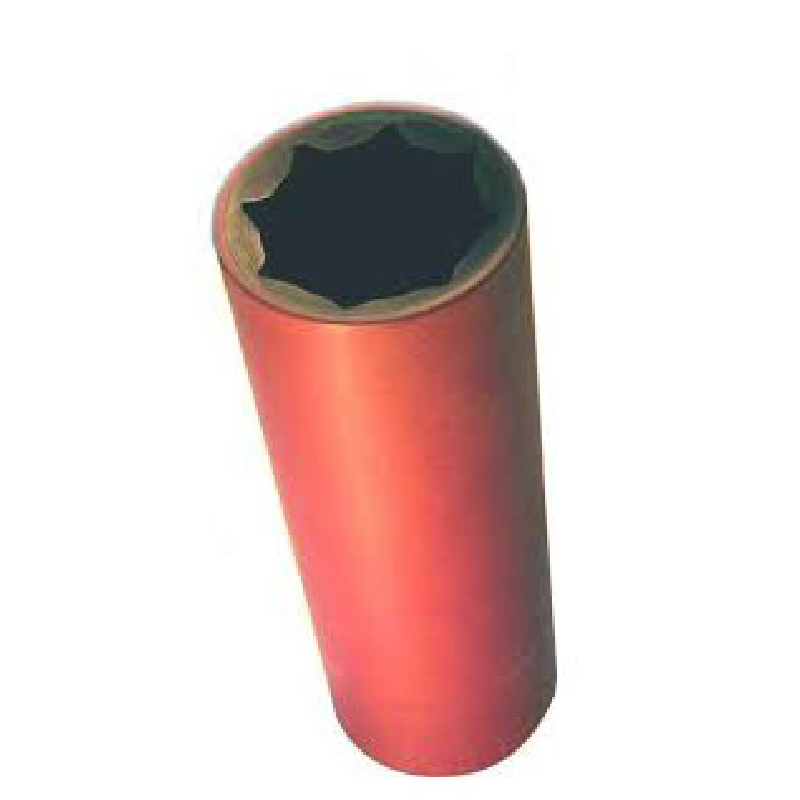hydraulic bonded seal
The Importance of Hydraulic Bonded Seals in Modern Applications
Hydraulic bonded seals have become a fundamental component in various applications across industries such as automotive, aerospace, marine, and manufacturing. These seals are designed to prevent leaks, maintain pressure, and ensure the efficient operation of hydraulic systems. The functions and features of hydraulic bonded seals differentiate them from traditional sealing methods, positioning them as essential for reliability and performance.
What Are Hydraulic Bonded Seals?
Hydraulic bonded seals consist of two key components a rubber or elastomeric sealing element and a metal or rigid carrier. The sealing element provides the necessary flexibility and resilience to withstand pressure, while the carrier gives structural integrity, ensuring that the seal maintains its shape under various conditions. This unique design allows hydraulic bonded seals to adapt to dynamic movements and changes in temperature, making them ideal for use in hydraulic systems that require flexibility and durability.
Benefits and Applications
One of the primary advantages of hydraulic bonded seals is their ability to effectively prevent leakage in high-pressure environments. In hydraulic systems, even the smallest leak can lead to significant performance issues, including reduced efficiency, increased maintenance costs, and potential system failures. Hydraulic bonded seals significantly reduce these risks by providing a robust sealing solution.
These seals are widely used in hydraulic cylinders, pumps, and motors, where they endure extreme pressure and aggressive fluids. In automotive applications, hydraulic bonded seals are critical in systems such as power steering, transmission, and braking systems. They ensure that hydraulic fluids are contained within the system, allowing optimal performance while enhancing safety.
In aerospace applications, hydraulic bonded seals are crucial in systems that operate under fluctuating temperatures and pressures, such as landing gear and hydraulic flight controls
. The aerospace industry demands high standards for reliability and performance, and hydraulic bonded seals deliver on these requirements by offering excellent sealing capabilities even in the most challenging environments.hydraulic bonded seal

Marine applications also benefit from hydraulic bonded seals. These seals protect equipment from saltwater and other corrosive elements, contributing to the longevity of marine systems. Their resistance to extreme conditions makes them an attractive choice for the maritime industry, where maintaining operational integrity is vital.
Material Considerations
The materials used in hydraulic bonded seals are essential to their performance. High-quality elastomers, such as nitrile rubber (NBR), fluorocarbon (FPM), and silicone, provide resistance to various chemicals and temperature ranges. The selection of material depends on the specific application and the types of media the seal will encounter. For instance, fluorocarbon seals are ideal for high-temperature applications, while nitrile seals are commonly used for general hydraulic fluids and oils.
Installation and Maintenance
The proper installation of hydraulic bonded seals is key to their performance. Care must be taken to ensure that the seal is aligned correctly and that the surfaces it contacts are clean and free of debris. Any misalignment or contamination can compromise the seal's effectiveness, leading to leaks and system failures.
Maintenance practices, such as regular inspections and prompt replacement of worn seals, are essential in prolonging the lifespan of hydraulic systems. Operators should be aware of the signs of seal degradation, such as leaks or fluctuations in pressure, and take appropriate action to replace seals before they fail.
Conclusion
Hydraulic bonded seals play a crucial role in the functioning of hydraulic systems across various industries. Their ability to prevent leaks, maintain pressure, and withstand harsh conditions makes them invaluable for ensuring operational efficiency and safety. As technology advances, the development of new materials and design innovations will further enhance the performance of hydraulic bonded seals, leading to improved reliability and reduced maintenance costs in the future. Understanding their importance and implementing proper installation and maintenance practices will maximize the benefits they offer, solidifying their place in modern engineering solutions.
-
Understanding the Front Main Engine Seal: Purpose, Maintenance, and Installation
News Jul.29,2025
-
Understanding O-Rings and Seal Rings: Types, Applications, and Custom Solutions
News Jul.29,2025
-
Understanding Crankshaft Oil Seals: Rear Seals, Pulley Seals, and Their Role in Engine Integrity
News Jul.29,2025
-
The Importance of Front and Rear Crankshaft Seals in Engine Performance and Oil Management
News Jul.29,2025
-
Crank Oil Seals: Functions, Types, and Cost Considerations in Engine Maintenance
News Jul.29,2025
-
A Comprehensive Guide to O-Rings and Seals: Types, Materials, and Global Applications
News Jul.29,2025
-
Mastering Diesel and Performance Engine Maintenance: A Guide to Critical Oil Gaskets
News Jul.28,2025
Products categories















